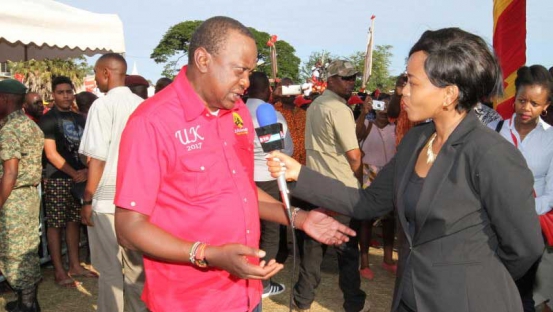×
The Standard e-Paper
Truth Without Fear

Uhuru Kenyatta looks set for a projected 54 per cent first round win to retain his seat as President of the Republic of Kenya come the August 8th presidential election.
This will represent a significant improvement on his 2013 performance when he garnered 50.51 per cent of the vote against 43.7 per cent for his closest challenger Raila Odinga of the then CORD who came a close second.